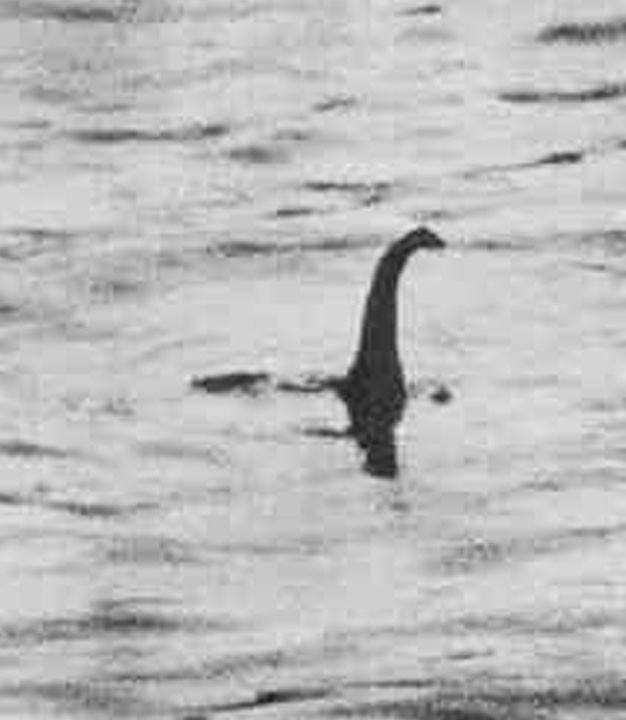On November 12, 1933, a man allegedly took a photograph of something strange and mysterious at Loch Ness in Scotland. 90 years have passed since this famous photo was presented to the public, but the noise created by the photo continues even today.
It was apparently a sunny Sunday in the Scottish Highlands when Hugh Gray took a walk around the now legendary lake near Inverness. As the story goes, Gray noticed something unusual in the water while continuing his leisurely walk. “An object of large dimensions” was rising from the surface of the water, he told the Scottish Daily Record in later days. It had a long neck and thick body and was unlike anything he had ever seen before. Luckily, Gray had his portable Kodak box camera with him and was able to take a few photos of the unknown “monster” before it disappeared into the murky waters once again.
As you can imagine, the quality of the photo was very poor compared to today’s camera technology. Everything in the black and white photo you see above was blurry and indistinct. However, at the time, this photo was considered indisputable evidence of the legendary Loch Ness Monster (or Nessie, as fans call it), which has been “seen” in the lake repeatedly for centuries.
- Why are people so obsessed with solving mysteries like the Loch Ness Monster?
Gray’s story and photo come at a time when interest in the monster is beginning to grow. Earlier that year, George Spicer and his wife were also wandering around the mountainous region when they saw something large in the water, which they described as having a huge, limbless body and a long neck. Their story sparked public interest and likely contributed to the excitement created by Gray’s photo.
These stories transformed Nessie from a local legend into a global mystery that brought thousands of eager monster hunters to the lake’s shores, each hoping to catch a glimpse of the beast beneath the surface. However, despite the claims of its supporters, the photo cannot be said to be definitive evidence.
Then, on April 21, 1934, the Daily Mail published another photograph, dubbed the “Surgeon’s Photograph,” said to have been taken by a doctor named Robert Kenneth Wilson. The photo has probably become the most famous image of the Loch Ness Monster, with its long neck and upper body visible above the water. Despite the popularity of this photo, Dr. Wilson refused to have his name associated with this photograph, and so the photograph earned the title The Surgeon’s Photograph.
 Surgeon’s Photo
Surgeon’s PhotoFor decades, no one analyzed the photograph in detail until it was featured in an article in the British Journal of Photography in 1984. According to author Stewart Campbell, the thing in the water could only have been a few feet long at best and probably represented an otter or bird. Campbell argued that Wilson probably knew this when he sent the photo.
But Campbell wasn’t quite right. It turns out that the iconic Nessie in the photo is actually a toy submarine with a fake snake head attached.
The search for Nessie continues today and now involves more technology. For example, in August this year, the Loch Ness Center in Drumnadrochit, Scotland, brought together monster hunters from around the world to participate in the biggest hunt in the last 50 years. The search involved drone pilots and observers scanning the water surface for any signs of the legend. Unfortunately they found nothing.
People have repeatedly claimed to have evidence of this mysterious creature, and it turns out that it is either a photo of a typical aquatic animal or a hoax. Some believe that Nessie may actually be a specimen of a large lake-dwelling eel, while others completely deny this.